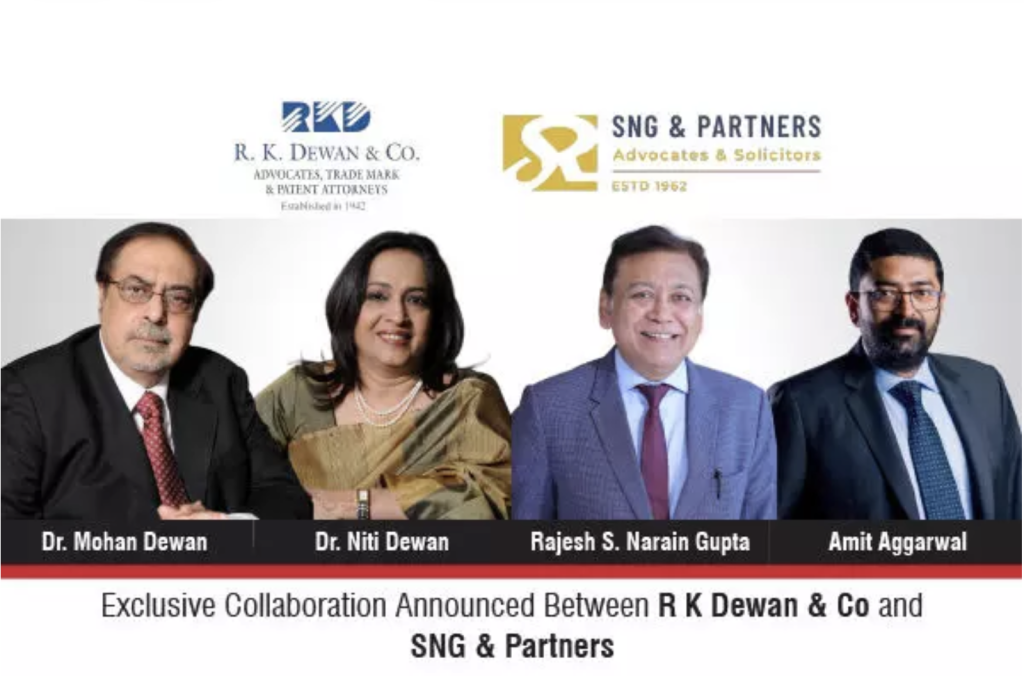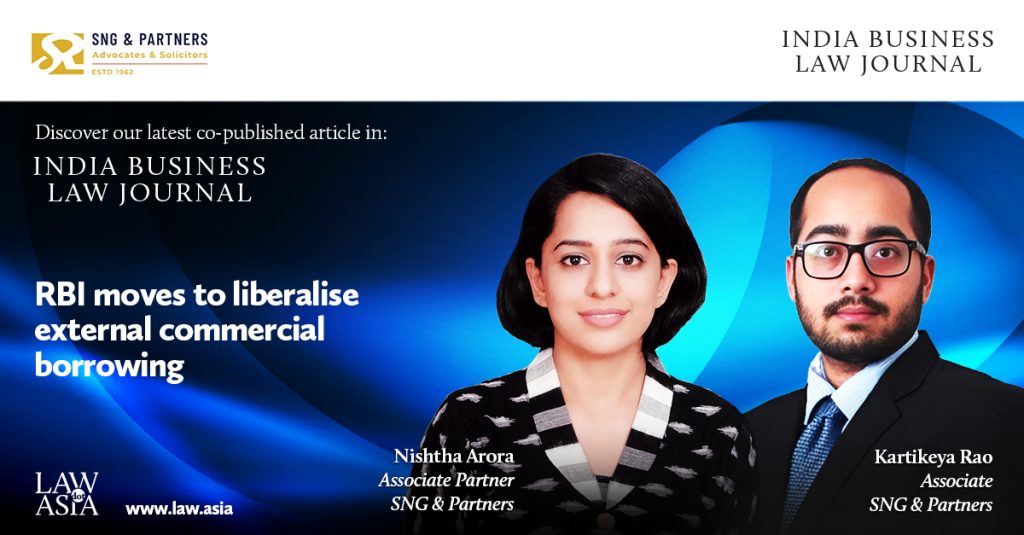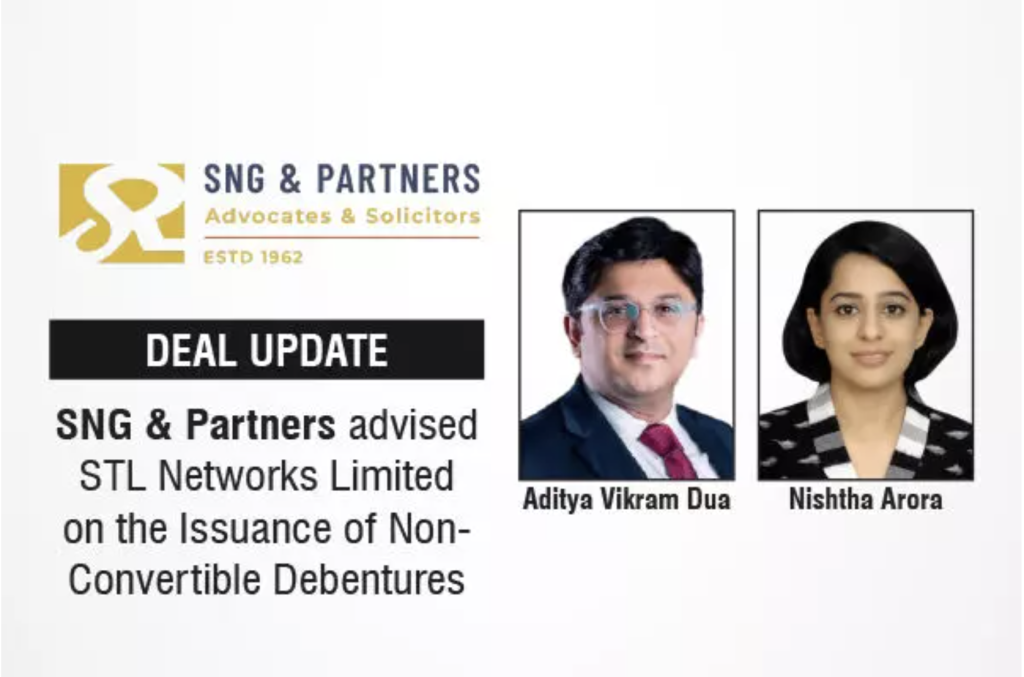The article discusses whether Section 106(2) of BNS should be enforced with full vigor to deter reckless drivers and reduce fatal road accidents or whether it should be toned down with respect to the punishment awarded.
The recent incidents of road accidents involving a BMW and Porsche in Mumbai and Pune respectively apart from the many others which go unreported or unnoticed by the public at large has brought back to the table the question of accountability. Along with accountability there is a need to revisit the question of whether Section 106(2) (currently not notified) of the new penal law Bharatiya Nyaya Sanhita, 2023 (“BNS”) which has replaced the Indian Penal Code (“IPC”), should be enforced with full vigor, to deter reckless drivers and reduce fatal road accidents to protect the right to life guaranteed under the Indian Constitution, or whether it should be toned down with respect to the punishment awarded.
The Supreme Court in 2015, in the case of Abdul Sharif vs State had passed important observations/ directions to the Executive and Legislature to enhance the punishment for drivers involved in reckless driving. This nudge from the apex court to the lawmakers came as a welcome step in view of the increasing cases of rash and negligent driving throughout the country leading to precious loss of lives.
The apex court in the said matter, referring to an earlier case of State of Punjab vs. Saurabh Bakshi, had observed as under:
“2. …Before parting with the case we are compelled to observe that India has a disreputable record of road accidents. There is a nonchalant attitude among the drivers. They feel that they are the ‘Emperors of all they survey.’ Drunkenness contributes to careless driving where the other people become their prey. The poor feel that their lives are not safe, the pedestrians think of uncertainty and the civilized persons drive in constant fear but still apprehensive about the obnoxious attitude of the people who project themselves as ‘larger than life.’ In such obtaining circumstances, we are bound to observe that the lawmakers should scrutinize, relook and revisit the sentencing policy in Section 304-A IPC. We say so with immense anguish.
3. We have said that Section 304-A IPC should be revisited so that higher punishment can be provided. The aforesaid passage clearly indicates that punishment provided under Section 304-A is absolutely inadequate. We are absolutely conscious, as the aforesaid would convey, it is up to the Parliament.…”
During the course of the hearing, the then Attorney General, Mr. Mukul Rohatgi had said that Section 304-A (of the now repealed IPC) covers all kinds of deaths by negligence and therefore, merely providing a higher punishment may not sub-serve the cause of justice.
The government of India, in line with the observations of the apex court, introduced Section 106(2) under BNS to specifically punish offenders involved in rash and negligent driving. Section 106(2) stipulates harsh punishment in the event of causing death by rash and negligent driving (not amounting to culpable homicide). The provision mired itself in controversy as it enhanced the sentence of imprisonment, which may extend to 10 years in the event of a driver escaping without reporting the incident to a police offer or a Magistrate soon after the incident. In comparison to the same, Section 106(1) which also refers to causing of death by doing any rash or negligent act not amounting to culpable homicide, stipulates imprisonment for a term which may extend to five years. Further, the now repealed Section 304A of the IPC, which has to some extent been mirrored in Section 106(1) of BNS, provided punishment of imprisonment which could extend to 2 years in case of death of any person by doing of any rash or negligent act not amounting to culpable homicide. The said provision was applied by prosecution in cases of driving incidents as well.
It is interesting to observe that while Section 304A was made applicable in general to circumstances where the death of a person was caused by doing a rash or negligent act, it did not specifically deal with the issue of rash and negligent driving as has been exclusively provided under Section 106(2) of BNS. Further, Section 106(2) makes an important distinction from Section 304A by adding the word “and” between rash and negligent as compared to “or” in rash or negligent under 304A, and has further qualified this by the word “driving” to make the provision specific to acts of rash and negligent driving. Now, the prosecution has to prove beyond reasonable doubt both “rash” and “negligent” act of the accused compared to the earlier rash “or” negligent act. Therefore, it can very well be argued that where on the one hand the provision could have acted as a deterrent to check rash and negligent driving, on the other hand it has also made it equally difficult for the prosecution to prove the twin test of rash and negligence.
In a society which is always short on temper, we often read reports where the driver fled from the scene, often abandoning the vehicle behind to escape not only being caught, but from the threat of mob fury. Interestingly, Section 134 of the Motor Vehicles Act, 1988 (“MVA”), which also deals with road accidents (however, it limits itself to instances where only injury is caused, and not death), provided a safeguard to drivers. The Section, while requiring the driver of a motor vehicle to take reasonable steps to secure medical attention for the injured person also carves out an exception for the driver to assess and analyze the ground situation with respect to his own safety from mob fury or any other reason beyond his control, thereby providing a safeguard to his own life from immediate threat. It further allows the driver / person in charge of the vehicle to report the accident and injury within twenty four hours of occurrence.
It is evident that the law engrafted under Section 106(2) does not provide any protection to drivers like Section 134 of MVA. However, one can argue that the gravity of the offence is also much higher under Section 106(2) as compared to Section 134 and that, therefore, there is no need to add any such safeguard.
The enhancement in the sentence of imprisonment under section 106(2) BNS had spurred panic, particularly amongst the truck drivers, that if they were legally duty bound to stay at the scene of incident, they could be subjected to mob fury and that if they escape from the crime scene, it would attract enhanced liability (imprisonment) under Section 106(2). Considering inter-State travel by trucks, buses and taxis, etc. this could be seen as a catch-22 situation – a matter of concern not only for the drivers but also business owners. Due to the widespread protests by various unions, the operation of the Section was kept in abeyance till the government reconsidered its decision afresh.
While the operation of the Section has been kept in abeyance; the gravity of the situation, requiring a need for such a stringent law, in addition to the wisdom and concern expressed by the apex court, is additionally supplemented by the annual report published by Ministry of Road Transport and Highways (“MoRTH”) in the year 2022. In 2022, India recorded 1,68,491 deaths on its road, which was an increase of over 9.4 per cent from the previous year. The most number of deaths were recorded on account of road accidents, which occurred primarily on the national highways. The figures indicate that fatal accidents contributed to 33.8 per cent of the total road injuries on India roads. The cases of ‘Hit and Run’ where the driver of the vehicle caused fatal injuries to the victim and fled the scene caused almost 67,387 accidents, in which 30,486 persons were killed and 54,726 injured left on our perilous roads.
Therefore, with a steady growth in the number of vehicles (including commercial vehicles), while a stringent law is the need of the hour to deter rash and negligent driving, the Executive and the Legislature are also duty bound to consider the delicate balance of right to life and personal liberty of an accused, where there could be genuine and compelling reasons for the driver not being able to do the needful as required under Section 106(2), as a result of which such a person may become a victim of the provision when it comes to imprisonment. The Legislature also needs to keep in mind that the provision at present comes in direct conflict with Article 20(3) of the Constitution of India which protects an accused person from being compelled to be a witness against himself.
It is also necessary to consider that while a stricter law may be one way to ensure deterrence, it needs to be complimented with better surveillance, policing and strict implementation of traffic rules, without which the law in itself may not achieve the desired end result. Hence, an all-round approach needs to be adopted by the Executive and Legislature to ensure the safety and security of the citizens from road accidents caused due to rash and negligent driving.
A clear example in this regard is the Union Territory of Chandigarh and Mumbai city where strict enforcement of traffic rules can be seen. Equally important would be the sensitization of the citizens with respect to the laws, rules and regulations. One can only hope that with time, we will see more discipline among the citizens while driving and balanced laws coupled with strict implementation that will collectively act as a deterrent while safeguarding the Constitutional protections provided to every citizen of the country whether an accused or otherwise.
– The authors of this article are Ashish Kumar, Partner – Litigation & Head of Japan Desk, and Deepak Singh, Associate at SNG & Partners.



